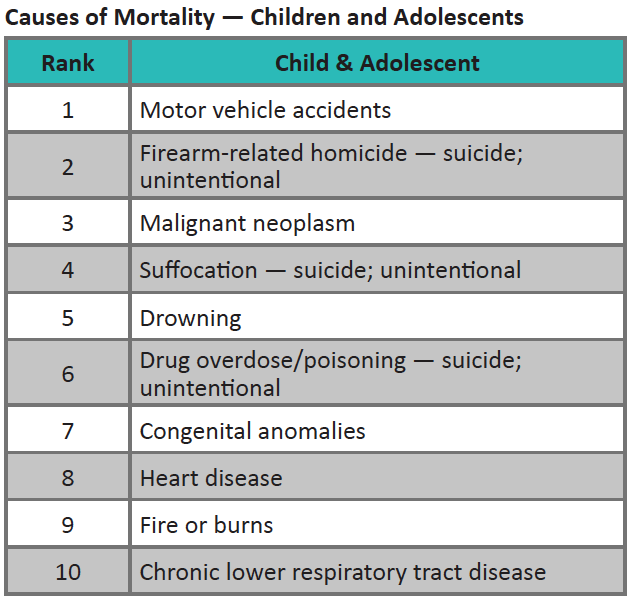|
2 min read
What Pediatricians Need To Know For National Drowning Prevention Awareness Month

May is National Drowning Prevention Awareness Month! Drowning is the 5th cause of mortality in children and adolescents.
This month, brush up with these pearls from our Pediatrics Board Review Course lecture slides. Here's what you need to know:
Submersion Injury Pearls
- A major cause of pediatric injury and death
- Sources: bathtubs, pools, open bodies of water
- 40% < 5 years of age
- Male/Female ratio: 3:1–6:1
- Up to 50% of adolescent drownings are alcohol related
- Seizure disorder increases risk 13-fold
- Pool safety
- Surrounding stand-alone fence
- Self-closing gates
- Locked gates
- Pool alarm and cover
- Supervision
Near Drowning—Pathophysiology
- Up to 20% are “dry” — due to laryngospasm
- Aspirated water washes out surfactant -> atelectasis, ARDS, or pulmonary edema (pink, frothy sputum)
- Loss of consciousness -> hypoxia/terminal apnea
- CNS injury occurs within 3–5 minutes
- Circulation fails within 3–4 minutes due to anoxia-induced arrhythmia/asystole
- Concurrent injuries (C-spine)
- Concurrent intoxication
- Hypothermia
- Hypoxia ischemic injury -> cerebral edema
- Most frequent cause of death
- Typically occurs within 6–12 hours of event
- Hyperglycemia exacerbates brain injury
- Salt- and freshwater drownings do not differ
- Rarely observe mild self-limited hyponatremia (130–134 mEq/dL)
Near Drowning—Management
- Protect C-spine if appropriate (diving injury)
- Vomiting common -> cricoid pressure/NG tube/rapid sequence intubation
- Hypothermia
- Passive (blankets, lights) for mild hypothermia
- Active warming with IVF and O2, warmed gastric/bladder lavage
- Warm until core body temperature reaches 89.6–93.2°F (32–34°C) before declaring a patient dead
- Disposition
- Symptomatic or abnormal CXR: admit
- Asymptomatic and normal CXR: observe for 6 hours
Like the way these points are high-yield and only what you need to know for the ABP Boards? Sign up for our upcoming Pediatrics Board Review Course for more high-yield lectures!


